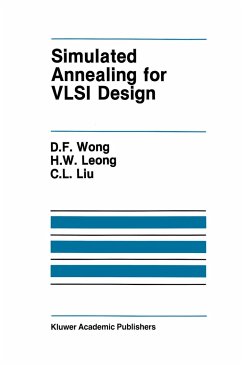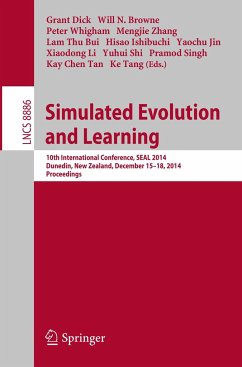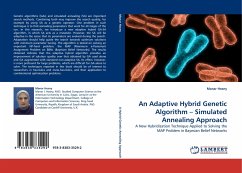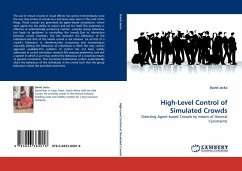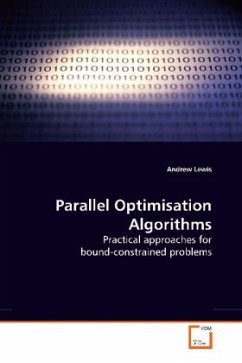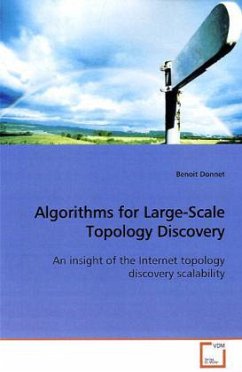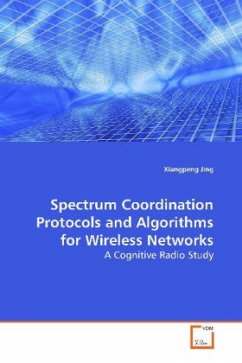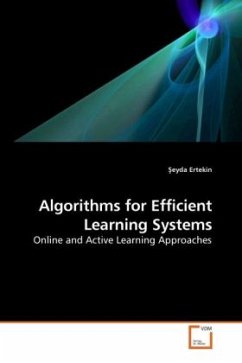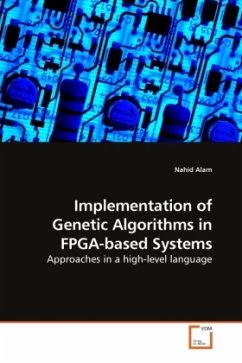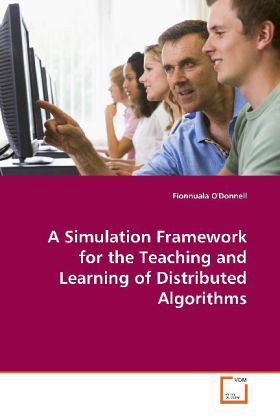
A Simulated Framework for the Teaching of Distributed Algorithms
FADA: A Simulation Framework for the Teaching and Learning of Distributed Algorithms
Versandkostenfrei!
Versandfertig in 6-10 Tagen
52,99 €
inkl. MwSt.

PAYBACK Punkte
26 °P sammeln!
A spectrum of algorithm animation systems has evolvedfor the teaching and learning of distributedalgorithms. These have ranged from passive animationsystems, which provide multiple prepared views of analgorithm s process for a learner to view, stop,pause, step through or rewind, through activesimulation systems, which enable a learner to affectchanges to the behavior of an algorithm duringexecution, to algorithm construction systems, whichenable a learner to create an animation of analgorithm s behavior. However, these systems havefailed to catch on in mainstream computer scienceeducation. Thi...
A spectrum of algorithm animation systems has evolved
for the teaching and learning of distributed
algorithms. These have ranged from passive animation
systems, which provide multiple prepared views of an
algorithm s process for a learner to view, stop,
pause, step through or rewind, through active
simulation systems, which enable a learner to affect
changes to the behavior of an algorithm during
execution, to algorithm construction systems, which
enable a learner to create an animation of an
algorithm s behavior. However, these systems have
failed to catch on in mainstream computer science
education. This is because each system suffers from
one or more shortcomings: lack of real time
engagement with an algorithm s content, an
under-developed model of pedagogy, time and effort
required to build an algorithm simulation, and lack
of evidence to support its pedagogical effectiveness.
This book presents an algorithm animation system
(FADA) which is designed to address the
aforementioned challenges.
for the teaching and learning of distributed
algorithms. These have ranged from passive animation
systems, which provide multiple prepared views of an
algorithm s process for a learner to view, stop,
pause, step through or rewind, through active
simulation systems, which enable a learner to affect
changes to the behavior of an algorithm during
execution, to algorithm construction systems, which
enable a learner to create an animation of an
algorithm s behavior. However, these systems have
failed to catch on in mainstream computer science
education. This is because each system suffers from
one or more shortcomings: lack of real time
engagement with an algorithm s content, an
under-developed model of pedagogy, time and effort
required to build an algorithm simulation, and lack
of evidence to support its pedagogical effectiveness.
This book presents an algorithm animation system
(FADA) which is designed to address the
aforementioned challenges.



